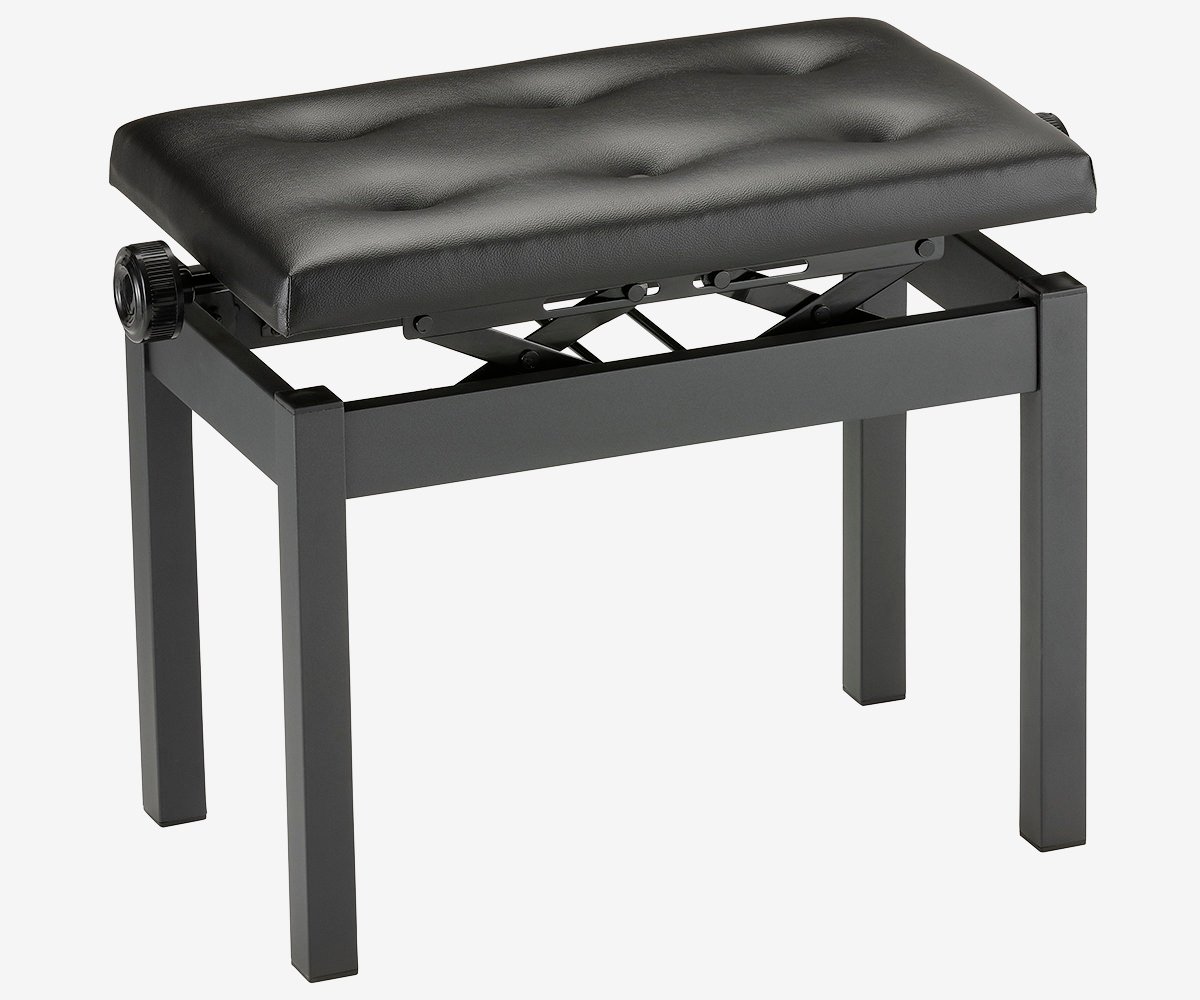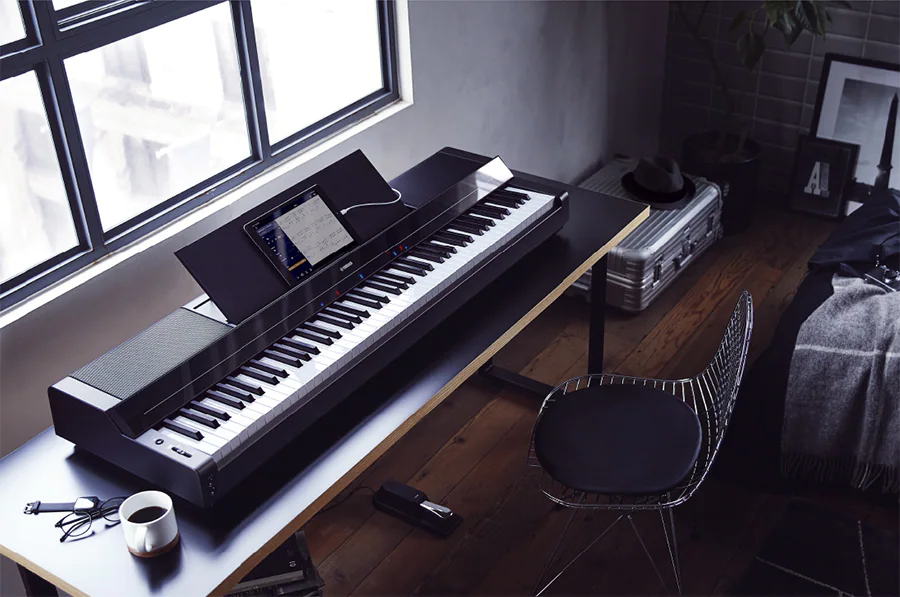Purchasing a piano is a significant investment, whether you’re a budding musician or a seasoned pianist. Ensuring that you make the right choice involves more than just a quick glance at the instrument. Testing a piano thoroughly before buying it can save you from future regrets and ensure that you find an instrument that truly resonates with your musical needs. This guide will walk you through the essential steps to effectively test a piano before making your purchase.
1. Understanding Your Needs
1.1. Define Your Purpose
Are you buying a piano for casual playing, professional performances, or music composition? Your intended use will influence the type of piano you should test.
1.2. Skill Level Assessment
Consider whether you’re a beginner, intermediate, or advanced player. Different pianos cater to varying skill levels, offering features that can support your growth.
1.3. Space and Portability
Assess the space where the piano will reside. If you have limited space or need to move the piano frequently, portability might be a key factor.
2. Acoustic vs. Digital: Know the Difference
2.1. Acoustic Pianos
These pianos produce sound mechanically through hammers striking strings. They offer a rich, authentic sound and dynamic range.
2.2. Digital Pianos
Digital pianos use electronic sensors to emulate the sound and feel of acoustic pianos. They often come with additional features like volume control and different sound settings.
2.3. Pros and Cons
Understanding the advantages and disadvantages of each type will help you decide which one aligns with your preferences and lifestyle.
3. Setting a Budget
3.1. Initial Cost
Determine how much you’re willing to spend. Acoustic pianos generally have a higher upfront cost compared to digital pianos.
3.2. Long-Term Expenses
Consider maintenance costs for acoustic pianos and potential upgrades for digital pianos.
3.3. Financing Options
Explore available financing plans if you’re investing in a high-end instrument.
4. Researching Brands and Models
4.1. Reputable Brands
Brands like Steinway, Yamaha, and Kawai are renowned for their quality and craftsmanship.
4.2. Model Comparisons
Compare different models within a brand to find one that best suits your needs and budget.
4.3. Customer Reviews
Read reviews and testimonials to gauge the satisfaction and reliability of specific models.
5. Physical Inspection
5.1. Exterior Condition
Check for any visible damage, scratches, or dents on the piano’s surface.
5.2. Key Quality
Press each key to ensure they are responsive and provide consistent resistance.
5.3. Pedals Functionality
Test the pedals to make sure they operate smoothly and effectively.
6. Sound Quality Evaluation
6.1. Tone and Resonance
Listen for a clear, rich tone without any buzzing or rattling sounds.
6.2. Dynamic Range
Play both softly and loudly to assess the piano’s ability to handle different volumes seamlessly.
6.3. Sustain and Decay
Evaluate how long the notes sustain and how naturally they decay.
7. Touch and Feel
7.1. Weighted Keys
Ensure the keys have the right amount of weight to mimic the feel of an acoustic piano.
7.2. Key Action
The responsiveness of the keys affects your playing experience. Test for smooth and consistent key action.
7.3. Ergonomics
Assess whether the piano’s layout and key spacing are comfortable for your hands.
8. Tuning Stability
8.1. Acoustic Piano Tuning
Check how easily the piano holds its tune. Frequent tuning needs can indicate stability issues.
8.2. Digital Piano Calibration
Ensure the digital piano’s sound settings remain consistent without frequent recalibrations.
8.3. Environmental Factors
Consider the room’s humidity and temperature, as they can affect acoustic pianos more significantly.
9. Technology and Features
9.1. Built-In Metronomes and Recording
Digital pianos often come with built-in tools that can aid in practice and composition.
9.2. Connectivity Options
Look for USB, MIDI, and Bluetooth capabilities if you plan to integrate the piano with other devices or software.
9.3. Customizable Sound Settings
Assess the extent to which you can modify the piano’s sound to suit your preferences.
10. Portability Considerations
10.1. Weight and Size
Determine if the piano’s size and weight align with your space and mobility needs.
10.2. Transport Mechanism
For digital pianos, check if they come with built-in handles or stands that facilitate easy movement.
10.3. Moving Costs
Factor in the cost of moving an acoustic piano, which often requires professional assistance.
11. Aesthetic Appeal
11.1. Design and Finish
Choose a piano that complements your home or studio’s décor.
11.2. Color Options
Many pianos come in various colors and finishes. Select one that matches your aesthetic preferences.
11.3. Size and Style Integration
Ensure the piano’s design integrates seamlessly with your existing furnishings and space.
12. Maintenance Requirements
12.1. Acoustic Piano Care
Regular tuning, cleaning, and occasional repairs are necessary to maintain an acoustic piano’s performance.
12.2. Digital Piano Maintenance
Digital pianos require minimal maintenance, primarily involving software updates and occasional hardware checks.
12.3. Cost of Maintenance
Consider the ongoing costs associated with each type of piano to make an informed decision.
13. Trial and Testing
13.1. In-Store Play Sessions
Take advantage of in-store play sessions to test different pianos and assess their suitability.
13.2. Professional Consultations
Seek advice from piano teachers or professional musicians to gain insights into your options.
13.3. Return Policies and Guarantees
Ensure the seller offers reasonable return policies and guarantees in case the piano doesn’t meet your expectations.
14. Resale Value
14.1. Depreciation Rates
Understand how different types of pianos depreciate over time to make a wise investment.
14.2. Factors Affecting Resale Value
Brand, condition, age, and market demand significantly influence a piano’s resale value.
14.3. Maintaining Value
Proper care and maintenance can preserve and even enhance your piano’s value over time.
15. Environmental Considerations
15.1. Sustainable Manufacturing
Some brands prioritize sustainable practices in their manufacturing processes, which might be important to you.
15.2. Energy Consumption
Digital pianos consume electricity, so consider energy-efficient models if this is a concern.
15.3. Material Sourcing
Understanding where and how the materials are sourced can influence your purchasing decision, especially if you’re eco-conscious.
Conclusion
Testing a piano before purchasing is an essential step to ensure that you select an instrument that meets your musical needs and personal preferences. By carefully evaluating factors such as sound quality, touch and feel, maintenance requirements, and technological features, you can make a well-informed decision. Whether you choose an acoustic or digital piano, taking the time to thoroughly test the instrument will enhance your overall playing experience and ensure that your investment brings joy and inspiration for years to come.
Frequently Asked Questions
1. How long should I spend testing a piano before buying?
Spend at least 15-30 minutes playing each piano. This allows you to assess its sound quality, touch, and overall feel comprehensively.
2. Should I bring a piano teacher when testing a piano?
Bringing a piano teacher can provide professional insights and help you make a more informed decision based on your skill level and goals.
3. Can I negotiate the price after testing the piano?
Yes, if you find minor issues during your test or feel the piano doesn’t perfectly meet your expectations, you can negotiate the price with the seller.
4. Is it necessary to test multiple pianos before deciding?
Absolutely. Testing multiple pianos allows you to compare different models, brands, and features to find the one that best suits your needs.
5. What should I do if I find a problem during the test?
If you identify any issues, discuss them with the seller. You may request repairs, a discount, or consider other options that better meet your expectations.














Leave a Reply